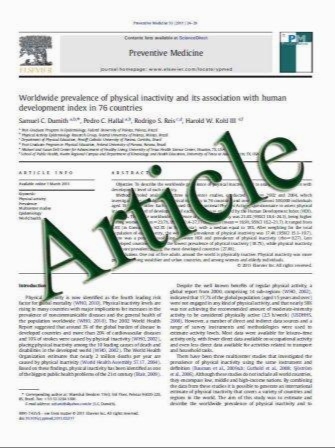Rotator cuff re-tear or non-healing: histopathological aspects and predictive factors
- نوع فایل : کتاب
- زبان : انگلیسی
- مؤلف : C. Chillemi • V. Petrozza • L. Garro • B. Sardella • R. Diotallevi • A. Ferrara • A. Gigante • C. Di Cristofano • A. Castagna • C. Della Rocca
- چاپ و سال / کشور: 2011
Description
Purpose The aim of the study was to evaluate the histopathological changes that occur in the tendon and subacromial bursal tissue in patients with rotator cuff tear trying to correlate these changes to their healing capability. Methods Eighty-four patients were clinically evaluated with the Constant Scale. Radiographs and MRI were performed preoperatively and ultrasound were performed postoperatively. For each patient, a biopsy of the supraspinatus tendon and subacromial bursa was performed, and the specimens were histopathologically analyzed. Results Tendons histopathological features consisted of loss of structural organization, poor or absent neoangiogenesis, chondral metaplasia, and fibrosis. Bursal features consisted of neoangiogenesis, absence of chondral metaplasia, hyperplasia/hypertrophy, and absence of necrosis. Direct correlation was seen between tendon and bursal hyperplasia and time of the onset of symptoms; between tendon chondral metaplasia, fibrosis, bursal neoangiogenesis, inflammation, and patient age; between tendon neoangiogenesis, hyperplasia, necrosis, fibrosis, bursal necrosis, inflammation, and lesion size; on the contrary, tendon fibrosis, necrosis, and bursal tissue inflammation decrease as time passes from the onset of symptoms. Tendon fibers disarray, neoangiogenesis, and inflammation decreases as the patient’s age increases. Bursal tissue fibrosis decreases as lesion size increases. Conclusions Simple histopathological techniques should be employed routinely to assess the tissue quality, with the aim to predict future clinical evolution (repair or nonrepair). Comparing the histopathological data with the demographical information and the descriptive statistics, it is possible to define the RCT repair at risk and identify which RCT will be able to heal. Level of evidence I
Knee Surg Sports Traumatol Arthrosc DOI 10.1007/s00167-011-1521-1 Received: 15 July 2010 / Accepted: 14 April 2011


